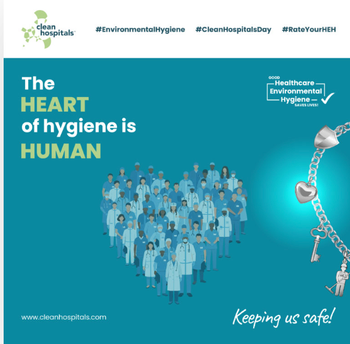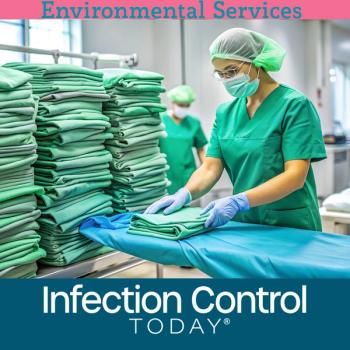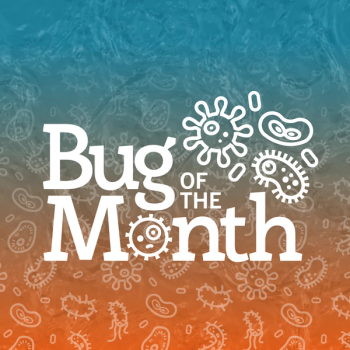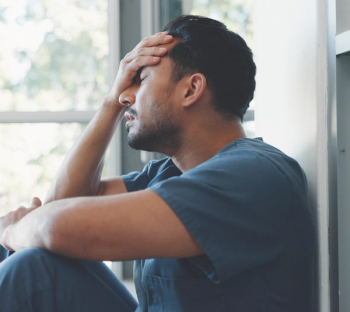
Simple Intervention Nearly Eliminates Catheter-Related Bloodstream Infections
BALTIMORE -- As many as 28,000 patients die each year in the U.S. because of catheter-related bloodstream infections, but doctors and nurses who implement simple and inexpensive interventions can cut the number of deaths to nearly zero, according to a study by Johns Hopkins researchers.
This type of improvement has never been demonstrated, but there is no reason that ICUs across the country cant implement these interventions to achieve similar results, said Sean Berenholtz, MD, MHS, assistant professor of anesthesiology and critical care medicine and of surgery at Johns Hopkins and lead author of the study published in the October issue of Critical Care Medicine.
The simple interventions, which include a system for educating nurses and doctors about infection control, streamlining the catheter insertion process, and a safety checklist, are believed to have prevented over 40 infections, eight deaths and saved nearly $2 million in additional health care costs during the four-year study at Johns Hopkins, says Berenholtz.
Patients in ICUs have an increased risk of bloodstream infections because nearly half of them require catheters - tubular medical devices usually inserted into a blood vessel -- for delivering fluids and medications during treatment, according to Berenholtz.
The ICU researchers partnered with hospital epidemiologists to study catheter-related infection rates from 1998 through 2002 at two Johns Hopkins ICUs that care for adult patients undergoing general, cardiac, transplant, trauma, vascular and orthopedic surgery. Rates were calculated based on the number of infections per 1,000 catheter days, defined as the number of patients with a catheter for one day. One ICU served as a control where patients received standard care. In the other ICU, they implemented a series of interventions that included educating ICU staff on the prevalence and prevention of catheter-related infections, creating a catheter insertion cart so all necessary equipment was readily at hand, asking doctors daily whether catheters could be removed, requiring bedside nurses to complete a safety checklist during catheter insertions, and empowering nurses to stop procedures if the guidelines were not followed. They also calculated the number of infections that were prevented as well as the potential savings in health care costs associated with catheter infections.
During the study, the catheter-related bloodstream infection rate in the ICU that received the intervention decreased from 11.3 infections per 1,000 catheter days in the first quarter of 1998 to zero infections per 1,000 catheter days in the last quarter of 2002. The rate in the control ICU remained the same during the study period.
The researchers estimate that the new interventions prevented 43 infections, eight deaths, and nearly $1,945,922 in additional costs in the study ICU. The same interventions have been applied in over 100 ICUs participating in collaboratives sponsored by the VHA, Inc and the Michigan Keystone Center for Patient Safety and Quality with equally dramatic results, according to Berenholtz.
Other authors of the study are Peter Pronovost, Pamela Lipsett, Deborah Hobson, Karen Earsing, Jason Farley, Shelley Milanovich, Elizabeth Garrett-Mayer, Bradford Winters, Haya Rubin, Todd Dorman and Trish Perl. The study was supported by the National Institutes of Health, the Agency for Healthcare Research and Quality, and the Centers for Disease Control and Prevention.
Source: Johns Hopkins Medical Institutions
Newsletter
Stay prepared and protected with Infection Control Today's newsletter, delivering essential updates, best practices, and expert insights for infection preventionists.





